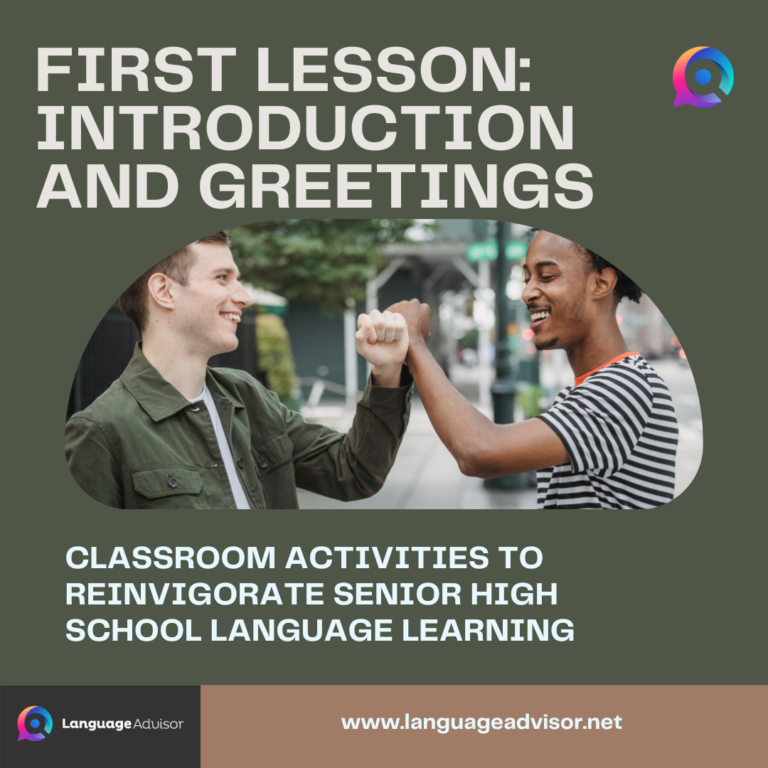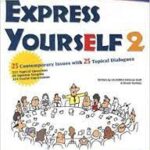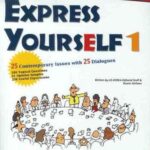Saying Hello and Introducing Yourself. English ESL Lesson Plans on Greetings and Making Introductions
Saying Hello and Introducing Yourself

Saying Hello and Introducing Yourself: Greetings and Introductions Lesson Plan
Most ESL courses for beginner learners will begin with lessons about greetings and introductions.
One of the best ways to teach greetings and introductions to ESL students is through fun and exciting classroom games. Coming up with fresh classroom game ideas can be tough, so we put together these 2 fun games and activities to teach greetings and introductions.


Names and Name Cards
Objectives: Students will introduce themselves and each other thereby serving as an introduction to both English and the new school year.
Presentation: The information will be provided on a board, but the class will be interacting with the information primarily orally, after the notes are taken down in their notebooks.
Practice:
– Introduce myself as the teacher, speaking slowly and enunciating precisely, “My name is Ms./Mr. ________.”
– Go onto give further basic information such as: age, origin, and family, but only because today is the first day and the students would like to get to know their teacher.
– After small introduction by teacher, to emphasize the main topic of Names repeat the question, “What is MY name?” Students should answer, “Your name is ______.”
– Now ask each student, “What is your name?” And have them answer, “My name is ________.”
– To increase the level of understanding start introducing, “What is his / her name?” Or “Who is this?” Or “What is their name?” So that students ask, understand the context, and start to hear English being spoken and also reply in kind.
– Once you are through with the names have the students make name cards so that you can use them to learn and practice their names for the first few weeks of class.
– If there is time left after the name cards are made, go back through the class and repeat name activity livelier and mixed up this time.
– Collect name cards at the end, and these can then serve as an attendance tool for a long as you choose to use them.


Simple Greetings
Objectives: To have the students be able to recognize greetings and use them in the appropriate context.
Presentation: Write the greetings I wish to teach on the board and the translations of the words and phrases so that there is no confusion for the students. Allow them to first copy information down before progressing with lesson.
Warm-Up:
Review student’s names, which can be done by passing out the name cards that were made.
Practice:
– New Words and Phrases:
Hello =
How do you do? =
How do you do. =
Good morning =
Good afternoon =
Good evening =
How are you? =
How is your health? =
How are your studies? =
Good =
Not bad =
Bad
Good, Thanks =
No complaints =
Fine =
Ok =
Good-Bye =
See you soon =
Go Well =
Stay Well =
– Now practice with the students.
Go around and ask each one some questions to get the idea and some practice.
– Then start on one side of the room and have the first student greet the second student and ask a series of questions, to which the second student replies. Once they say their departure phrases the second student will then have a conversation with the third student and so on and so forth until the whole class has participated.
– If there is time left practice with the whole class with the “How are you phrase?” by drawing a face on the board and having the class ask it “How are you?” and responding by using the phrases they’ve learned: good, not bad, fine, etc…











